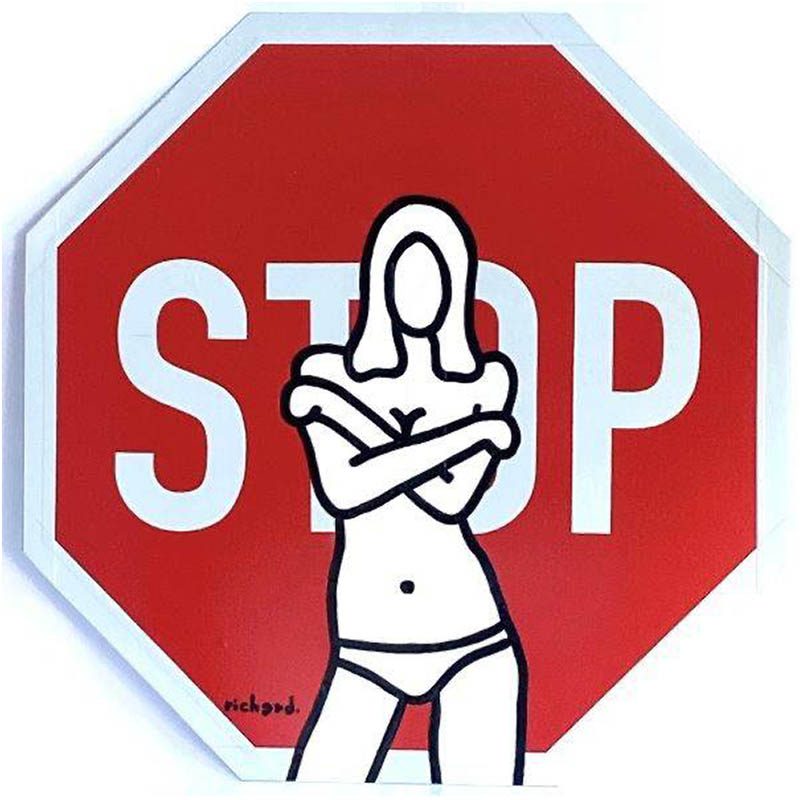Art is a realm of boundless creativity, where artists are constantly pushing the boundaries of traditional mediums to express their ideas and emotions. One such avenue that has gained immense popularity and recognition in recent years is mixed media art. Mixed media art is an exciting and innovative approach to creating artwork that fuses various materials and techniques to produce unique and captivating pieces. In this blog, we will embark on a journey into the world of mixed media art, uncovering its history, techniques, and the profound impact it has had on the art scene.
The Fusion of Materials
Mixed media art is defined by its very name – a mixture of various materials. Artists often combine paint, ink, collage, textiles, found objects, and even digital elements to craft their compositions. This fusion allows for a rich and diverse range of textures, colours, and forms. The artist’s imagination is the only limit in this genre, as they seamlessly blend different materials to convey their artistic vision.
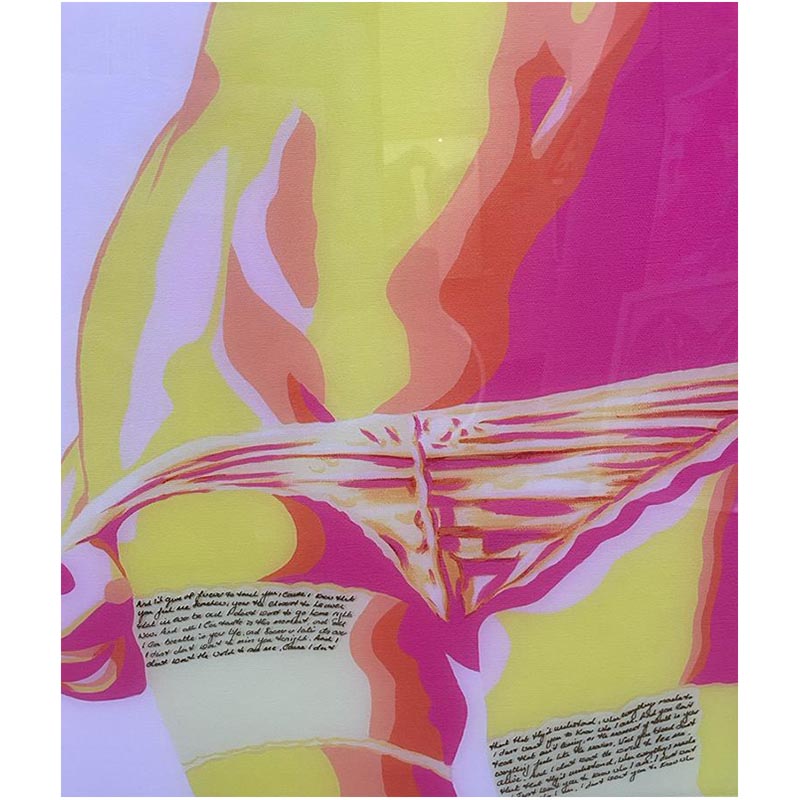
Reverse print onto Acrylic Glass of the artist’s original painting containing lyrics to “Iris” by the Goo Goo Dolls, handwritten onto the acrylic glass in permanent ink.
A Historical Perspective
The roots of mixed media art can be traced back to the early 20th century when avant-garde artists started experimenting with combining different materials. Artists like Pablo Picasso and Georges Braque began to incorporate fragments of newspapers and other materials into their paintings, giving birth to the art movement known as Cubism. This marked the beginning of a new era where artists challenged the conventions of traditional art.
The Techniques of Mixed Media
Mixed media art encompasses a vast array of techniques. Some artists start with a base layer of acrylic paint and build upon it with collages of magazine clippings or old photographs. Others incorporate textures using modeling paste, gels, or even sand to create a three-dimensional effect. The layers are essential to mixed media art, with each one contributing to the final composition, resulting in depth and complexity.
The Unconventional Canvas
One of the most exciting aspects of mixed media art is the freedom to use unconventional canvases. Traditional stretched canvases are just the beginning. Artists often work on wood, fabric, metal, or even vintage book pages. This versatility of materials adds another layer of creativity to the artistic process, offering a range of textures and tones.
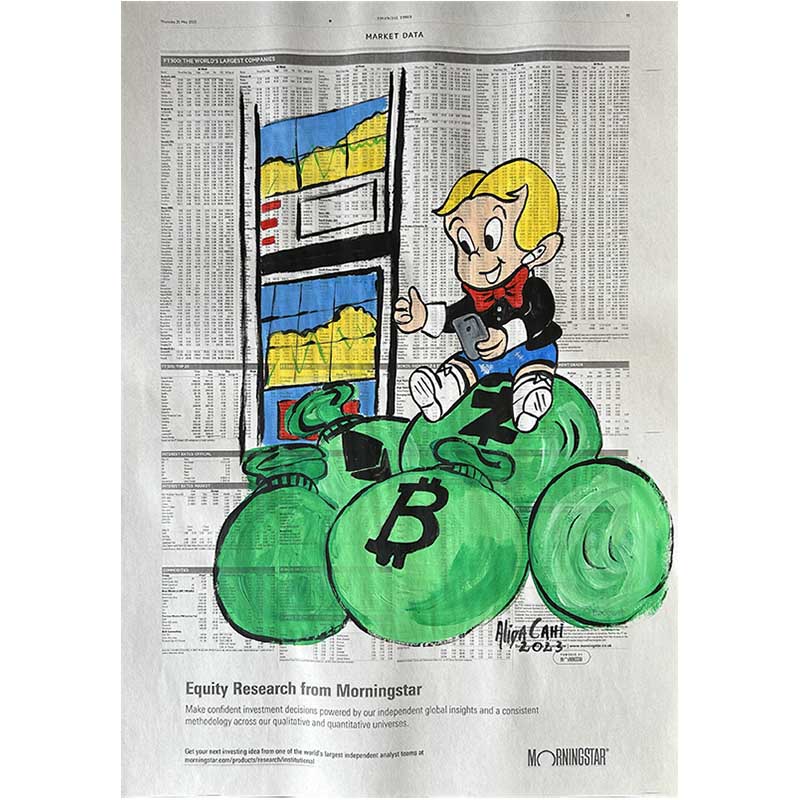
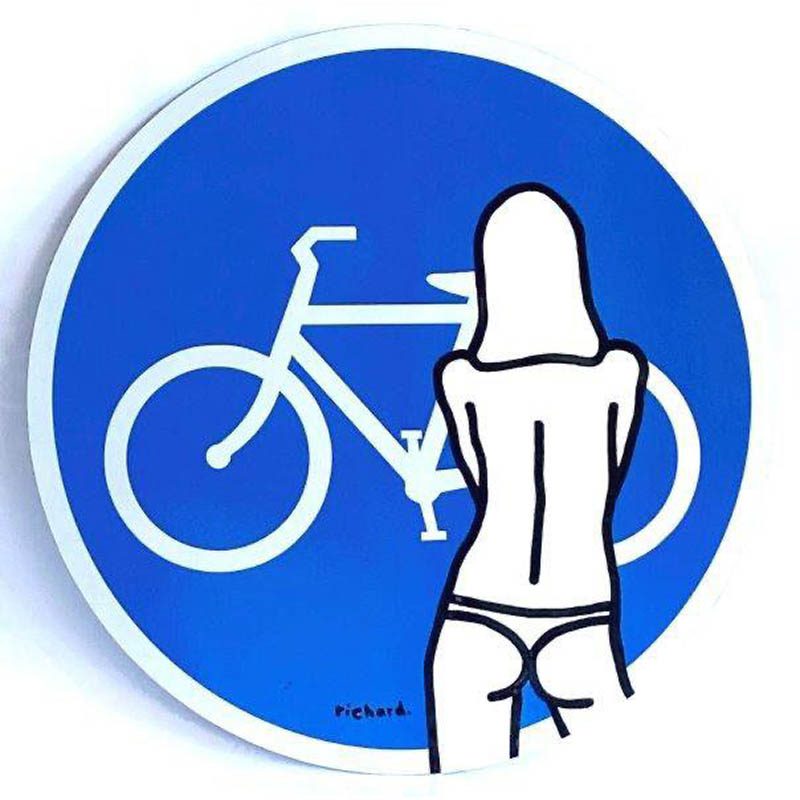
The Digital Influence
In our digital age, mixed media art has taken on a new dimension. Artists can now incorporate digital elements into their work. This may include overlaying digital imagery, altering photos, or incorporating QR codes. The possibilities are endless, as mixed media artists harness the power of technology to expand their creative horizons.
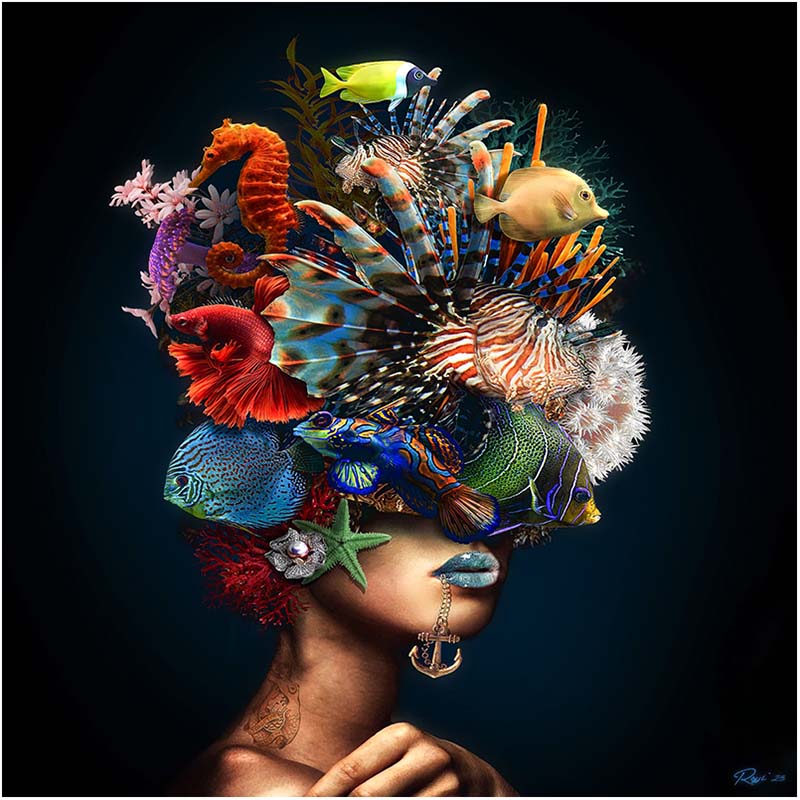
“Anchored” offers a hidden layer of content that can be revealed through the use of augmented reality (AR) technology.
The Impact on Contemporary Art
Mixed media art has left an indelible mark on contemporary art. It has liberated artists from the constraints of traditional techniques, allowing for a more holistic and personal form of expression. The ability to blend different media opens up avenues for storytelling, conveying complex emotions, and addressing social and political issues.
Conclusion
Mixed media art is a testament to the ever-evolving nature of the art world. It celebrates innovation, pushing the boundaries of what is possible in the realm of artistic expression. Artists are now more liberated than ever to explore their creativity, unrestricted by the limitations of traditional art forms. Mixed media art invites us to embark on a sensory journey, to engage with art on various levels, and to appreciate the diversity of human imagination. As this art form continues to flourish, it leaves an indelible mark on the canvas of contemporary art, forging a path for future generations of artists to explore and experiment.
Intrigued by mixed media art? Visit our online gallery to explore the diverse and thought-provoking works of mixed media artists from around the world. Discover how they have harnessed the power of materials, technology, and creativity to produce captivating pieces that redefine the very essence of art.

